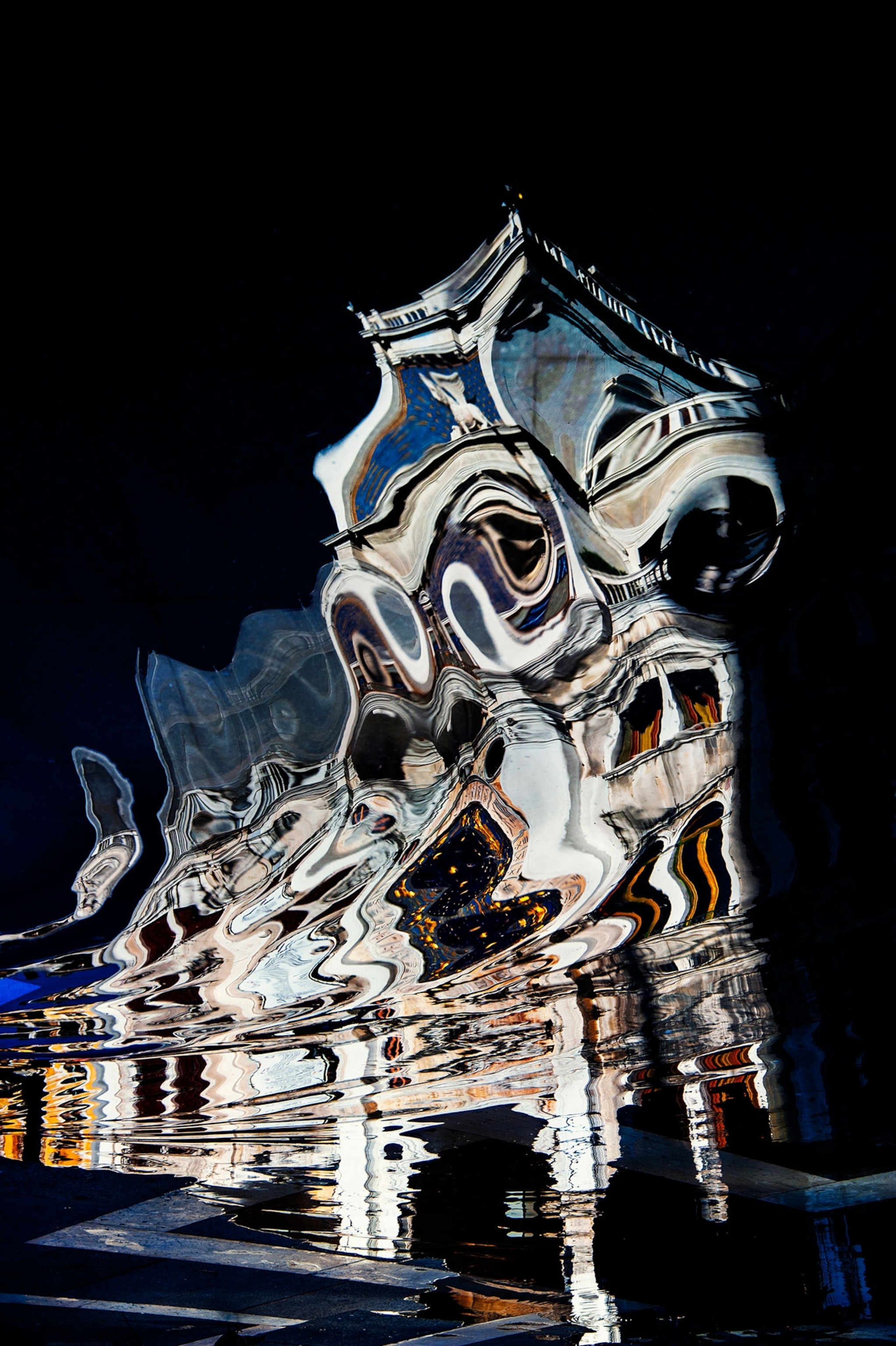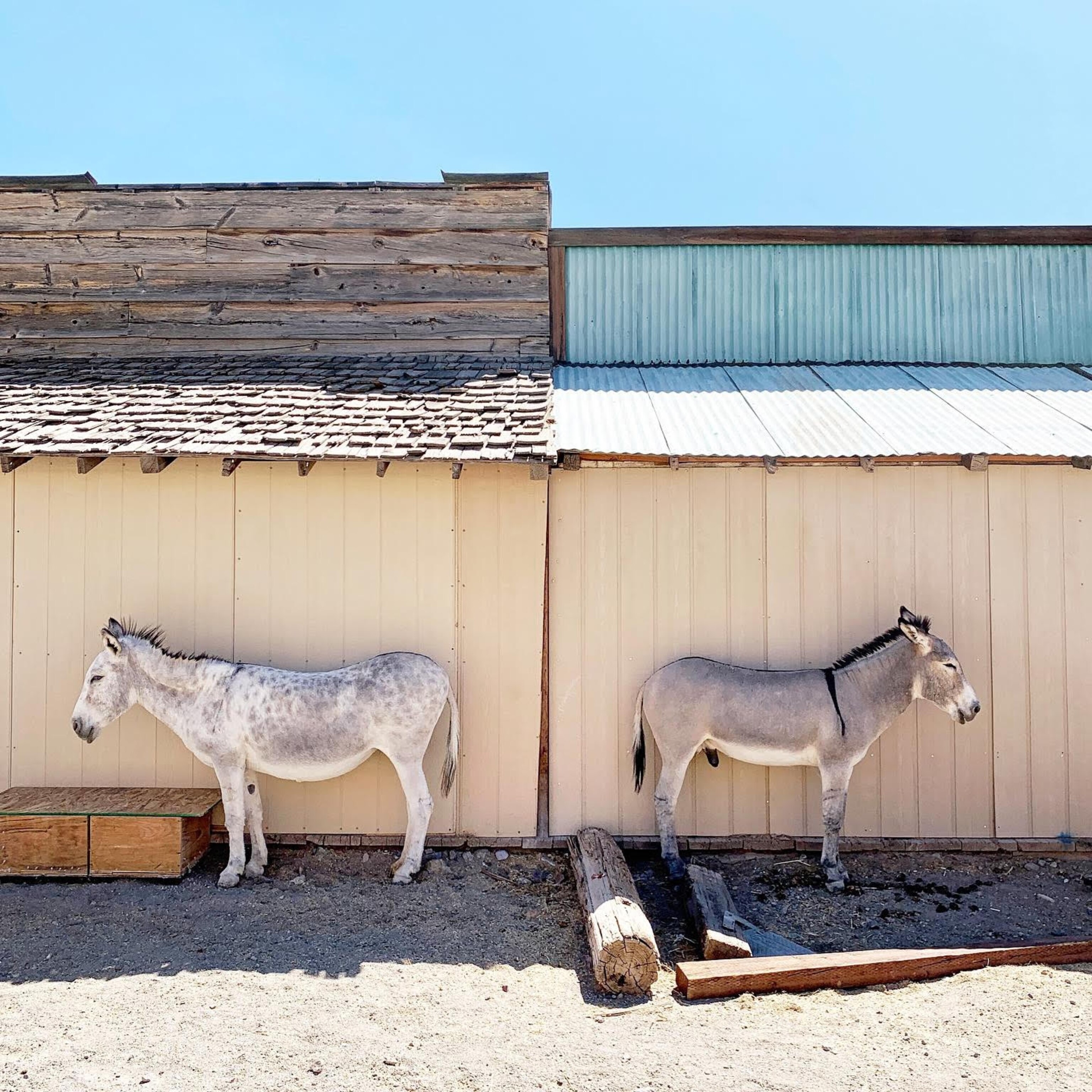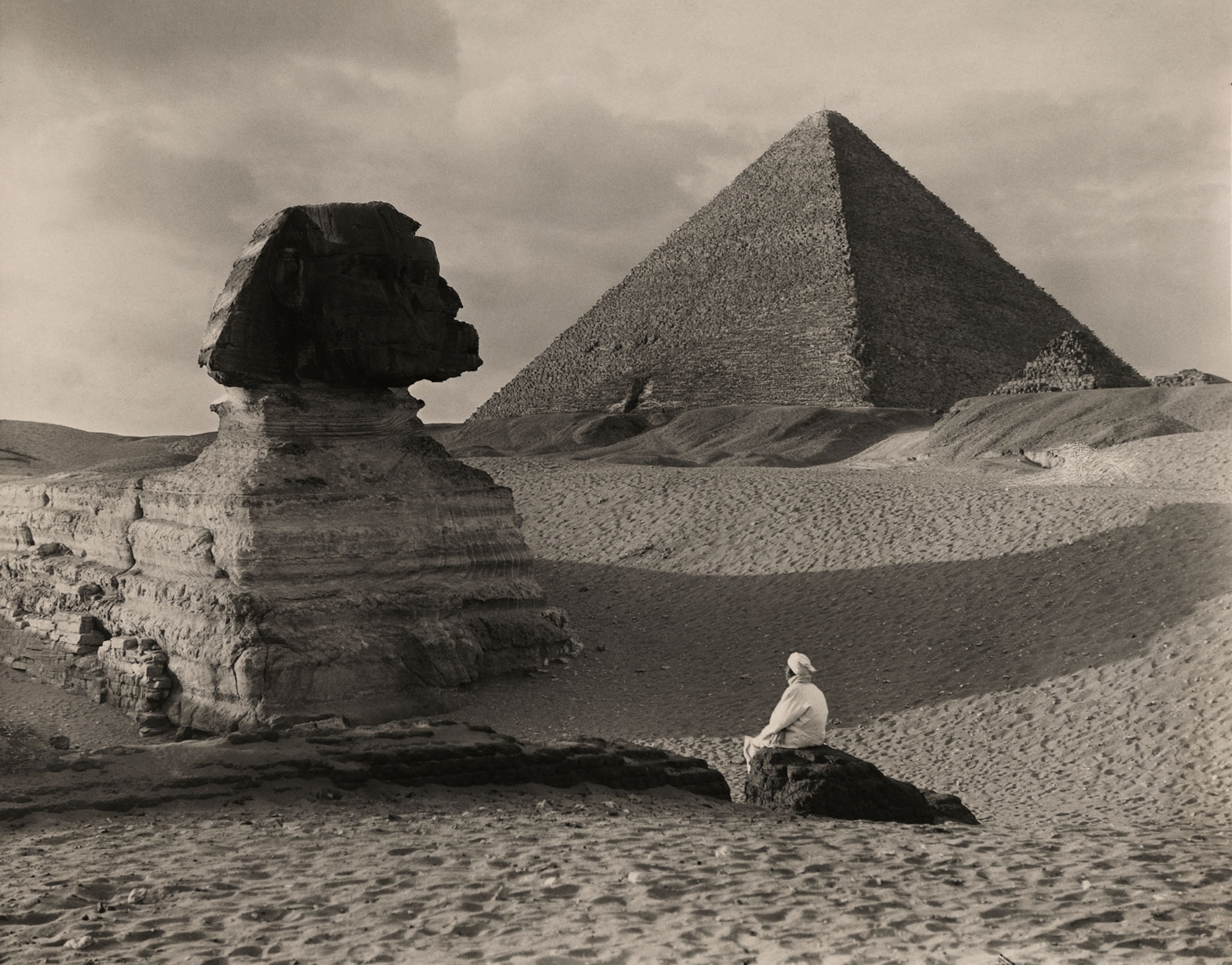By Whitney Johnson, Director of Visual and Immersive Experiences
Grief strikes photographers as well, and makes us see things differently.
That’s what happened to photographer Jodi Cobb, on assignment in Venice after the death of her mom.
She found solace noticing new things from the reflections from the water, taking photographs even while knowing that National Geographic isn’t usually about abstract imagery. Five years later, she dug up the images. Here is Cobb’s story, and her art.
In Venice these reflections are strange—and comforting

When confronted with the limits of the known world, a 16th-century European cartographer inscribed the warning “Here Be Dragons” on a small copper globe. Beware: What lies beyond is unexplored—and perilous.
I have spent my life photographing unknown worlds: the secret life of the geisha in Japan, the tragic landscape of human trafficking. Danger often lurked nearby. My assignment on Venice for National Geographic was the exception. Nothing about Venice is unexplored.
Every brick, every doorway, and every one of its 400 bridges has been mapped and painted. Every photographer since the invention of the camera has lingered on those bridges and photographed gondolas and reflections on the canal water underneath. Venice posed no danger to me beyond the curse of the cliché. ... Read more from Jodi Cobb
Your Instagram photo of the day

Road trip to 2070. Nearly a half-million people have liked this image on our Instagram page. Two donkeys rest in the shade of a building on Main Street in the Route 66 town of Oatman, Arizona. David Guttenfelder has been crossing the country, making a classic U.S.-style road trip for National Geographic. But he’s also driving electric cars, visiting renewable energy projects, and meeting people with innovative ideas about energy to see where we are, where we need to be and how to get to a renewable energy future.
Are you one of our 125 million Instagram followers? (If not, follow us now.) +
News in a minute
Photographing in danger: “It’s ironic,” writes AP photographer Marcio Jose Sanchez, “but momentarily forgetting some of my safety gear ended up saving my life.” After shooting one California wildfire last week, Sanchez remembered he had forgotten his fire helmet and a protective tarp in the car. After walking back to get it, “two large burning branches crashed in the exact place where I had been standing,” he wrote.
Lifesaver: Gordon Parks was photographing a Brazilian slum when he saw a painfully thin boy carrying a 40-pound container of water on his head. Parks found out that Flavio da Silva suffered from severe asthma. Parks's photo series for Life magazine on the boy and poverty created a sensation and ended up saving Flavio's life, Pulitzer-winning critic Sebastian Smee reported. Parks's photo essay is the centerpiece of a riveting show at the Getty Museum in Los Angeles through Sunday.
Enough war? Italian photographer Giulio Piscitelli still cannot get over the image of the 6-year-old shot twice in Afghanistan, once by insurgents and once by Afghan security forces. He cannot understand why Westerners think 40 years of war are coming to an end in the nation. That's why he began taking portraits of the little girl and other surviving children in hospitals, sometimes juxtaposed with the shrapnel that caused the injuries. An exhibition of these photos is on display through Sunday at the Old Truman Brewery on London’s Brick Lane, the Independent reports.
Bittersweet: One underwater photographer and marine biologist writes about the joys of discovering new species along coral reefs that are endangered. Richard Smith, author of The World Below, says many of the newly discovered fish have small habitats. “These days,” Smith writes in The Scientist, “with the fabric of coral reefs changing before our very eyes, it’s encouraging that new species continue to be discovered, but alarming how quickly their homes are disappearing."
Photo tip of the week
When crafting a photograph: Turn off your thoughts and come to you senses to respond to what is really unfolding in the frame.Kiliii Yüyan, Photographer
Want a newsletter every day?
On Monday, HISTORY Executive Editor Debra Adams Simmons writes about World War II’s last surviving veterans. Sign up here.
One last glimpse

Alone. A man sits in front of the Great Sphinx and near the Cheops Pyramid in Egypt. National Geographic published it in 1921, says Sara Manco, our senior photo archivist. "I like the composition of the image, with the man and sphinx facing each other and the angle of the pyramid leading the viewers’ eye," she tells us. "I also love the solitude of this image and how the man is dwarfed by the colossal monuments. I can imagine how crowded the pyramids are now, and how rare these moments of quiet are in our chaotic 21st century lives."
Related: How Egyptians perfected the construction of pyramids as burial chambers for their kings.